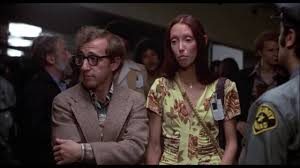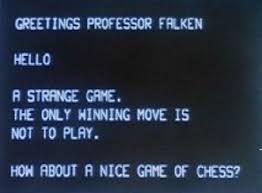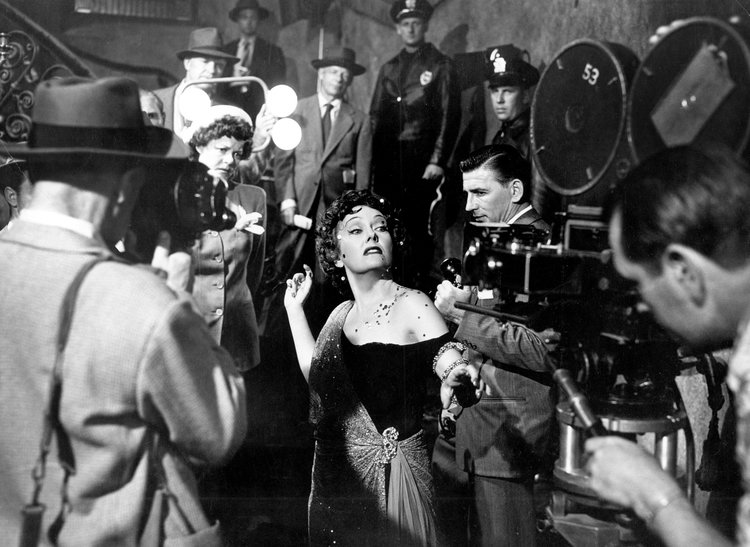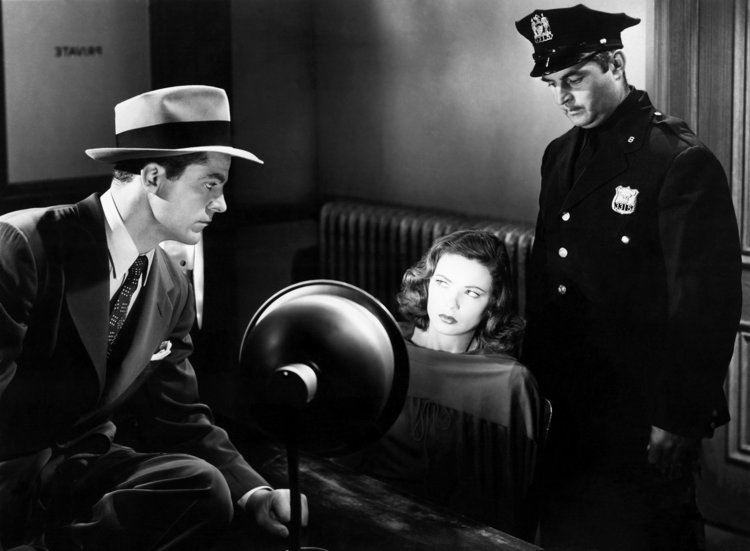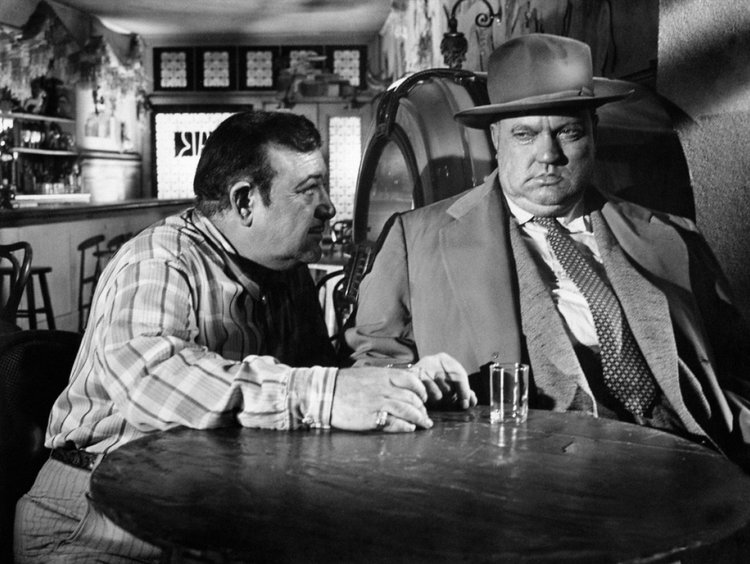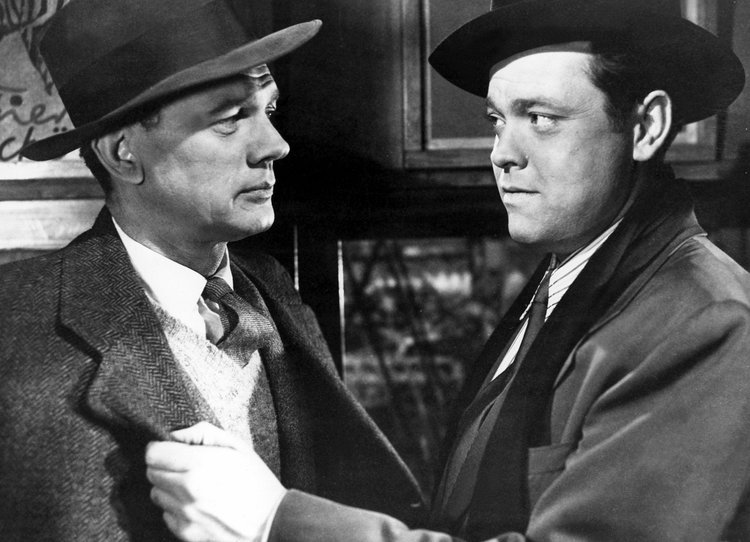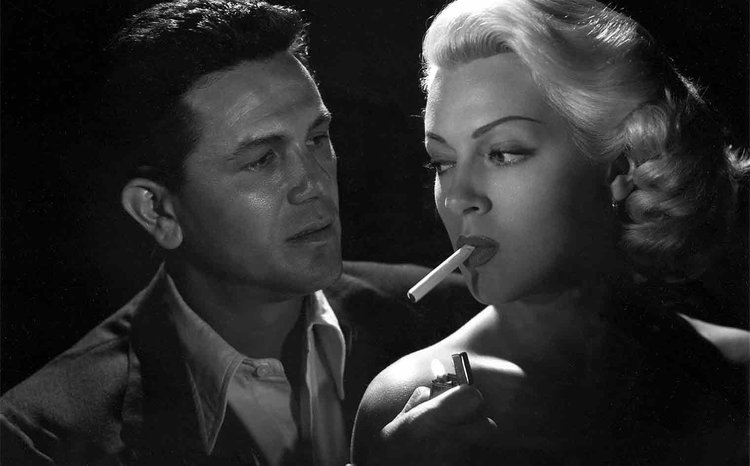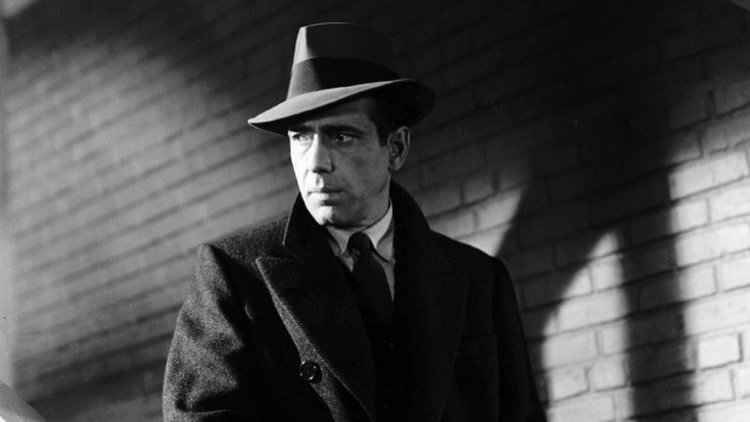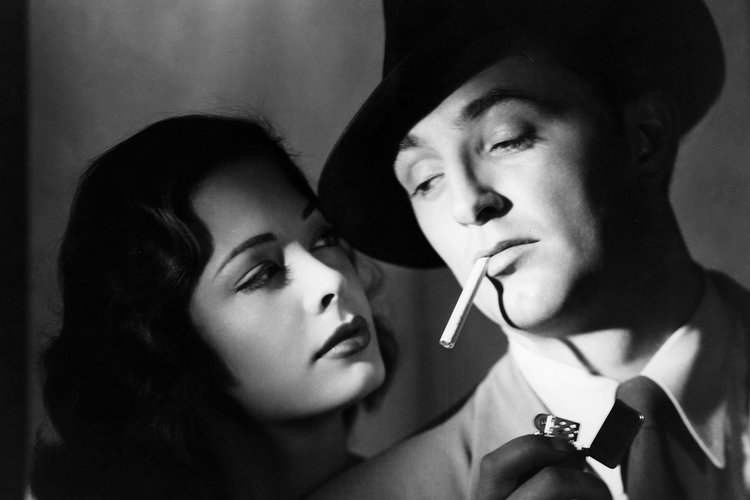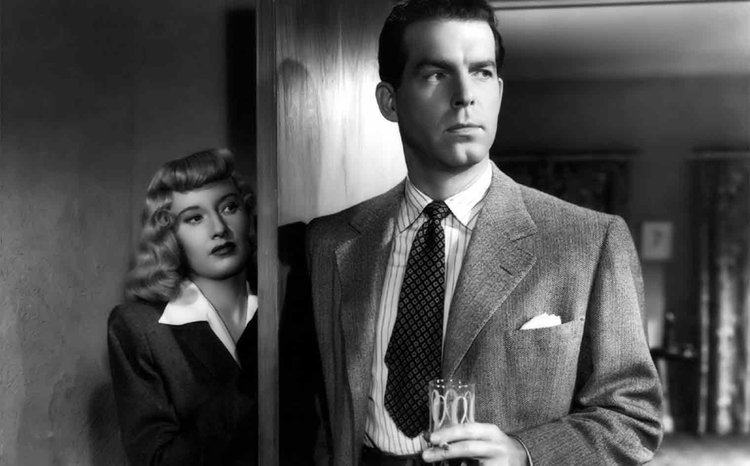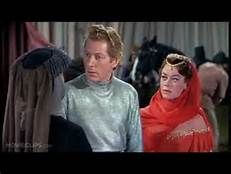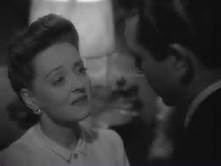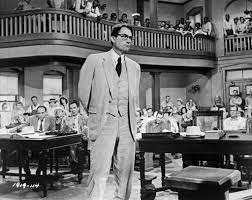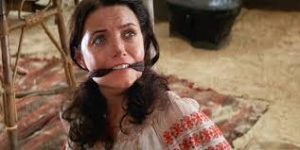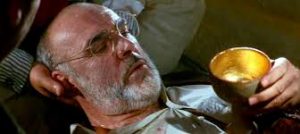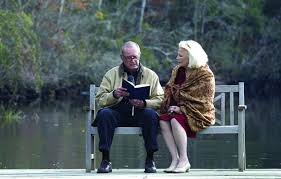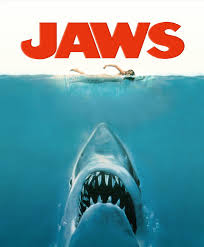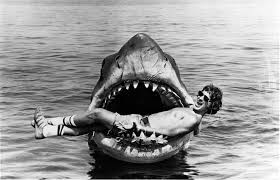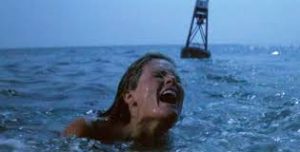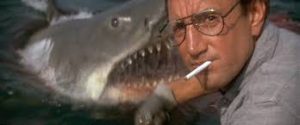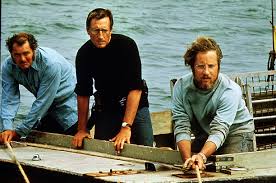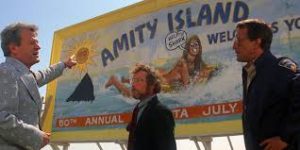I initially wrote this blog for nightowltv.com and it first appeared on October 18, 2017. Click the link for more from them.
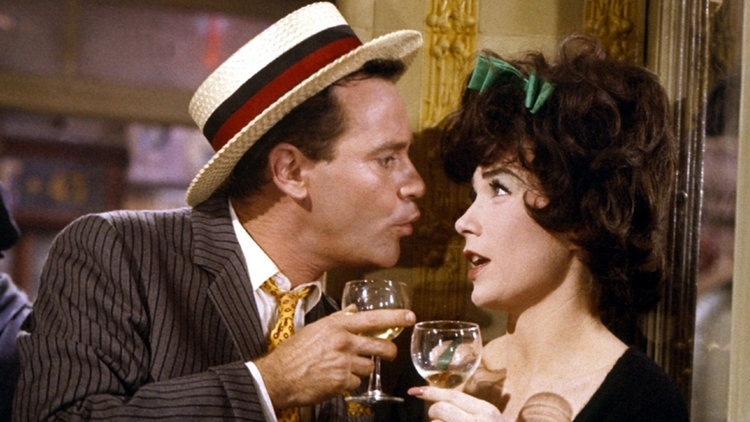
Jack Lemon and Shirley MacLaine in Irma la Douce (1963)
What would the world of American Cinema in the second half of the 20th Century have looked like if Shirley MacLaine hadn’t been in it. I daresay, it would have looked substantially different. She’s one of only 8 actors to have appeared in 3 Best Picture Winners (Around the World in 80 Days, The Apartment, Terms of Endearment), and she has consistently been recognized as one of Hollywood’s top actresses since the late 1950’s. While some may feel that she may not have the acting prowess of Meryl Streep, or the girl-next-door quality of Sally Field, or the box office draw of Faye Dunaway, or the sex appeal of Marilyn Monroe, she had enough of each of those components to be regarded as one of the most well-rounded performers in Hollywood history.
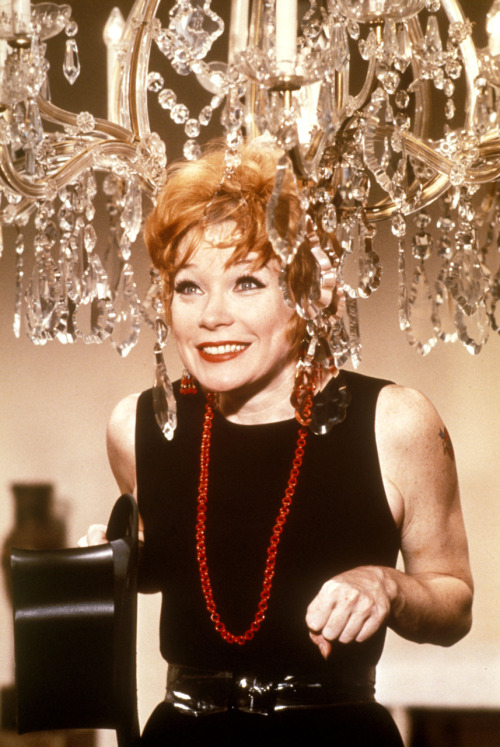
MacLaine as Charity Hope Valentine in Sweet Charity (1969).
For people who might have arrived late to her party, one would think that MacLaine excelled at playing crotchety old biddies (Steel Magnolias, Guarding Tess), and since I myself was late to the party, that is how I thought of her for a long time. As I was able to see more films that she had been in, especially when she was younger, I discovered that Shirley MacLaine was an actress of exceptional range, surprising vulnerability and a dynamic sense of comedic timing mixed with dramatic gravitas that allowed her to play almost any kind of role. Indeed, just look at her performances in The Apartment where she starred opposite Jack Lemon and Terms of Endearment where she was opposite Jack Nicholson. You won’t find two Jack’s more different than those two, but she was equally comfortable with each of them, and built amazing on-screen chemistry with them both. In my opinion, only Meryl Streep, and perhaps Kathrine Hepburn, can match Shirley MacLaine in sheer range and quality of performances within that range.
So where to start if one would like to become more familiar with Shirley MacLaine but doesn’t know much about her career? Here is my Top Five list offilms starring Shirley MacLaine to become familiar with her as an actress, and to gain a good understanding of some of the greatest and most important films Hollywood has ever produced.
5. Steel Magnolias (1989)
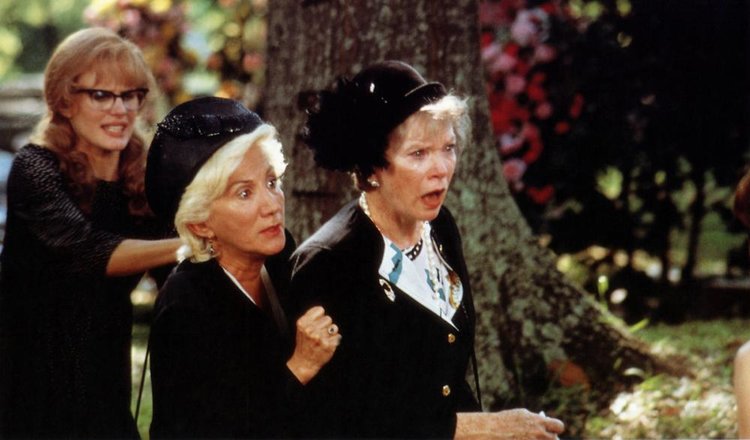
I’m guessing I’m going to get some blowback over this one, but bear with me for a moment. Her portrayal of the surly and salty Ouiser Boudreaux is one of the funniest performances she’s ever given. She is the perfect foil to the sweet and genteel women that populate this picture, and Oiser’s back-and-forth’s with Clairee Belcher (Olympia Dukakis) are comedic gold in what is generally considered a relatively emotionally heavy picture. The film itself isn’t remarkable, but MacLaine’s performance in it makes it worth watching.
4. Postcards from the Edge (1990)
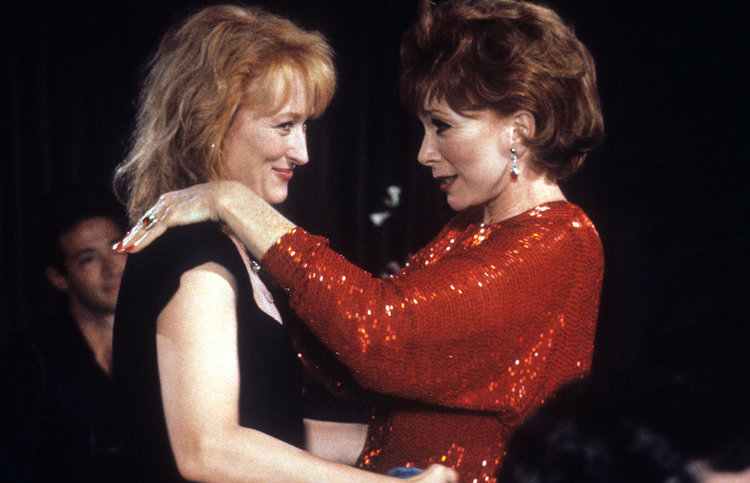
Based on the book by Carrie Fisher, this is a film that is loaded with interesting themes and it’s filled with heart and wit and charm. Shirley MacLaine shared the screen with Meryl Streep, and those two powerhouse actresses filled that screen with star power, but more importantly, they filled it with amazing performances that only the two greatest actresses of the second half of the 20th Century could deliver. The case could be made that Doris Mann (MacLaine) served as the antagonist to Suzanne Vale (Streep), even though Mann is Vale’s mother. But at first, Doris is standing in the way of Suzanne getting what she wants, and must overcome her own demons to allow Suzanne to achieve her goals. This is a story about mothers’ relationships with their daughters, and overcoming their demons that hold their kids back.
3. Terms of Endearment (1983)
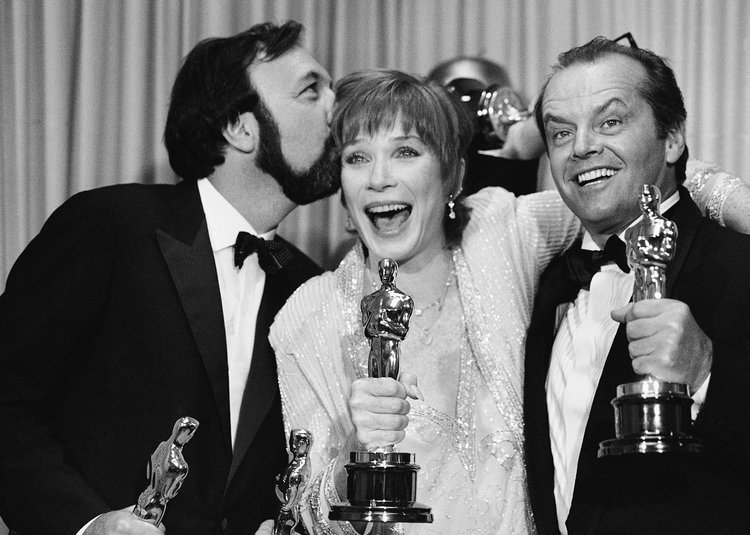
MacLaine would win her only Oscar for Best Actress for her performance in this picture as the overbearing mother of Emma (Debra Winger) and the reluctant girlfriend of Garrett Breedlove (Nicholson). Playing the no nonsense Aurora Greenway, MacLaine gave one of the great performances of her career and Aurora was certainly one of her deepest characters. Starting out the movie as her daughter’s best friend, having spent a lifetime raising her as a single mom, Aurora developed a tough outer shell that she needed to use as a defense mechanism to protect herself and her daughter from any dishonest interloping man that tried to court her. But now, as Emma has created a family of her own, Aurora finds herself the target of the affections of Breedlove, a retired astronaut and incurable playboy. And yet, he provides for her a pillar of strength that she never knew she needed, especially when Emma is diagnosed with terminal cancer, and he extracts from her the gentle vulnerable woman that she forgot she could be.
2. Being There (1979)
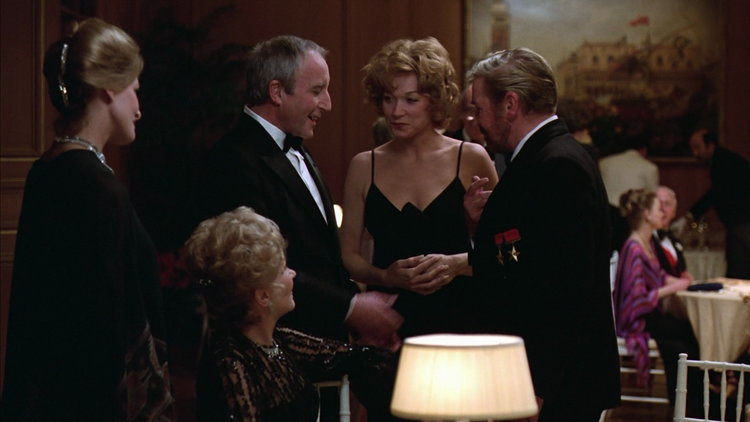
This is a wonderful film in which MacLaine stars opposite Peter Sellers, who plays Chance, the dimwitted gardener who only knows life from what’s on television, and whose simplistic views on life fool everyone around him into believing that he’s something much more than he really is. The first person to be taken by his charms is Eve Rand (Shirley Maclaine), the younger wife of a dying, but obscenely wealthy industrialist. After her chauffer accidentally bumps into Chance with her car, she offers to take him to her house to recuperate, and once there, he finds himself casting influence all the way up to the highest points of power, including the Oval Office. MacLaine gives one of her most emotionally vulnerable performances as a woman attracted to this new man in her life as her loveless marriage is coming to an end, but her loyalty to her dying husband prevents her from consummating her feelings. However, the scene where she masturbates in front of Chance because he says to her, “I like to watch” is one of the great moments of Maclaine’s career.
1. The Apartment (1959)
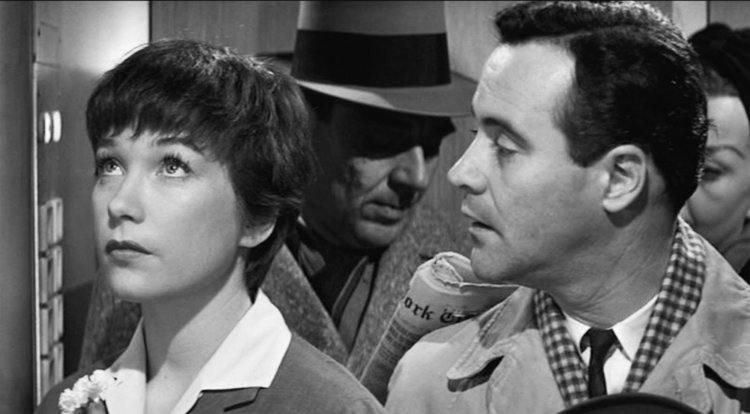
If Being There was among MacLaine’s most vulnerable performance, then her performance in The Apartment was far and away, her deepest, most touching and most vulnerable performance. In this film, she plays an elevator operator who becomes suicidal after she realizes that the man with whom she’s having an affair (Fred MacMurray) doesn’t feel as strongly about her as she does about him, and he’s not going to leave his wife for her. MacLaine played this role with a spunky sensitivity of a girl with a hard outer shell but a center that was far too soft to cope with the emotional manipulation she suffered at the hands of an older and much more experienced man. For her efforts, and at the tender age of 26, MacLaine would receive an Oscar nomination for Best Actress in a Leading Role, and she was well on her way to super-stardom.
Honorable mentions: The Trouble with Harry, Can-Can, Guarding Tess
